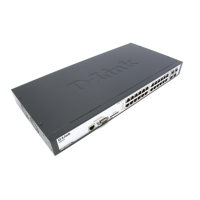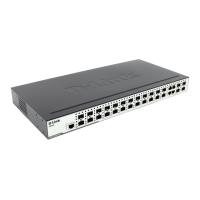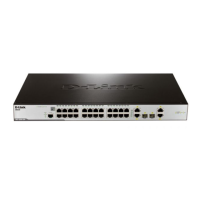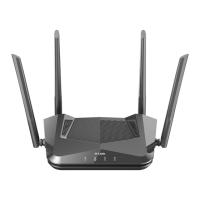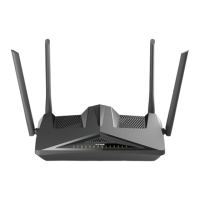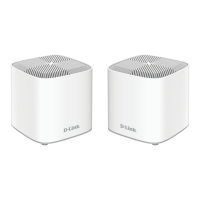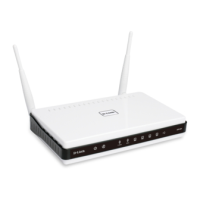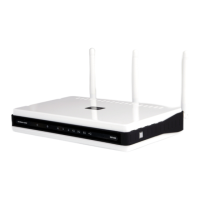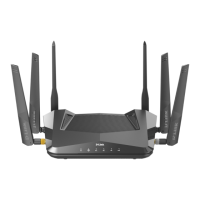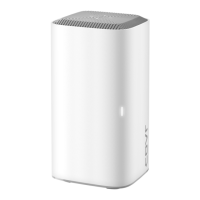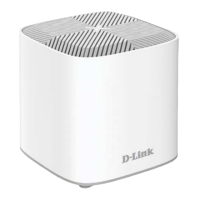xStack
®
DGS-3426G Layer 2 Gigabit Ethernet Managed Switch
187
• Code - Further specify that the access profile will apply an ICMP code value.
Select IGMP to instruct the Switch to examine the Internet Group Management Protocol
(IGMP) field in each frame's header.
• Type - Further specify that the access profile will apply an IGMP type value.
Select TCP to use the TCP port number contained in an incoming packet as the forwarding
criterion. Selecting TCP requires that you specify a source port mask and/or a destination
port mask.
• src port mask – Specify a TCP port mask for the source port in hex form (hex 0x0-
0xffff), which you wish to filter.
• dst port mask – Specify a TCP port mask for the destination port in hex form (hex
0x0-0xffff) which you wish to filter.
• flag bit – The user may also identify which flag bits to filter. Flag bits are parts of a
packet that determine what to do with the packet. The user may filter packets by
filtering certain flag bits within the packets, by checking the boxes corresponding to
the flag bits of the TCP field. The user may choose between urg (urgent), ack
(acknowledgement), psh (push), rst (reset), syn (synchronize), fin (finish).
Select UDP to use the UDP port number contained in an incoming packet as the forwarding
criterion. Selecting UDP requires that you specify a source port mask and/or a destination
port mask.
• src port mask – Specify a UDP port mask for the source port in hex form (hex 0x0-
0xffff).
• dst port mask – Specify a UDP port mask for the destination port in hex form (hex
0x0-0xffff).
protocol id – Enter a value defining the protocol ID in the packet header to mask. Specify the
protocol ID mask in hex form (hex 0x0-0xff).
To view the settings for a created profile, click its corresponding button in the Access Profile Table window, revealing the
following window.
Figure 5 - 6 Access Profile Entry Display window (IP)
The window shown below is the Access Profile Configuration window for Packet Content:

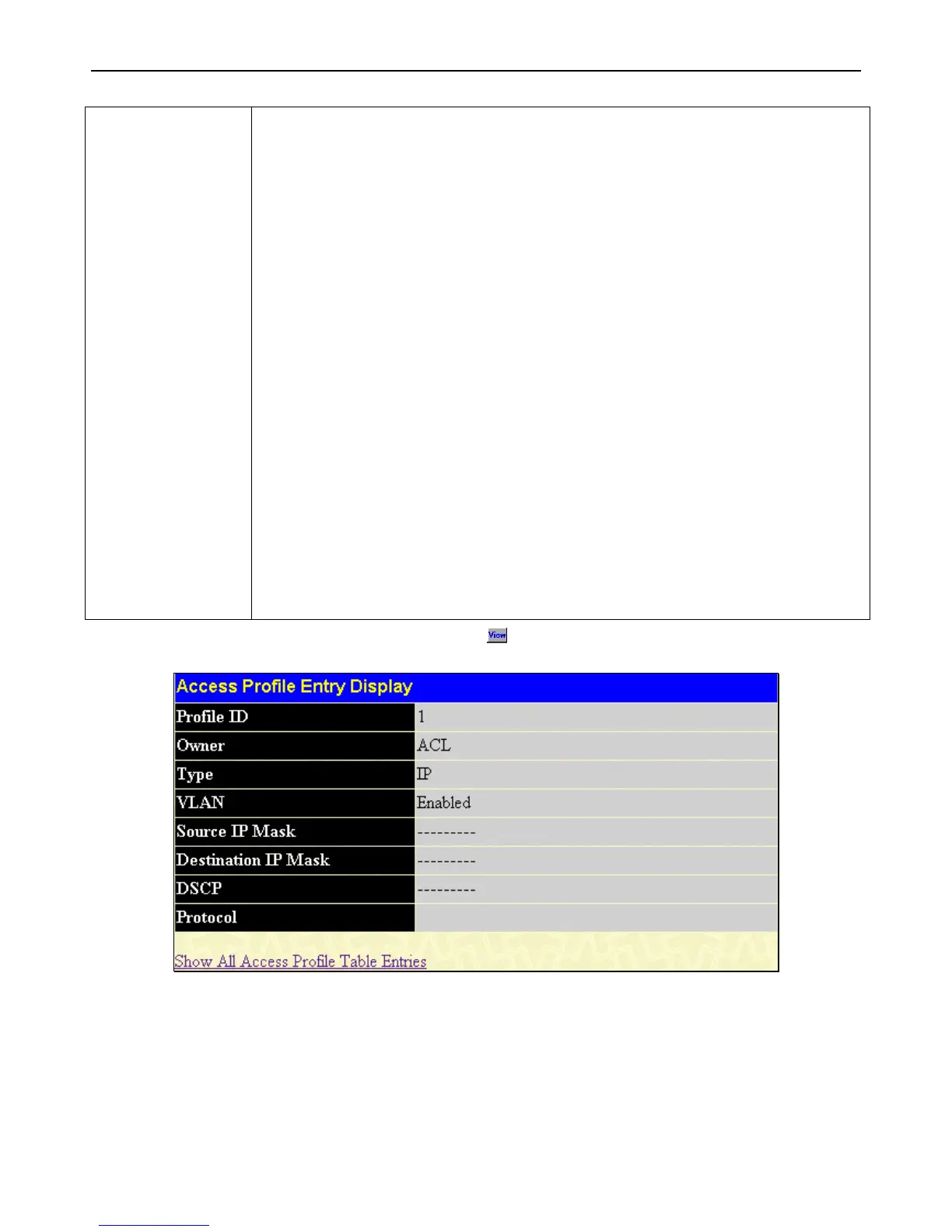